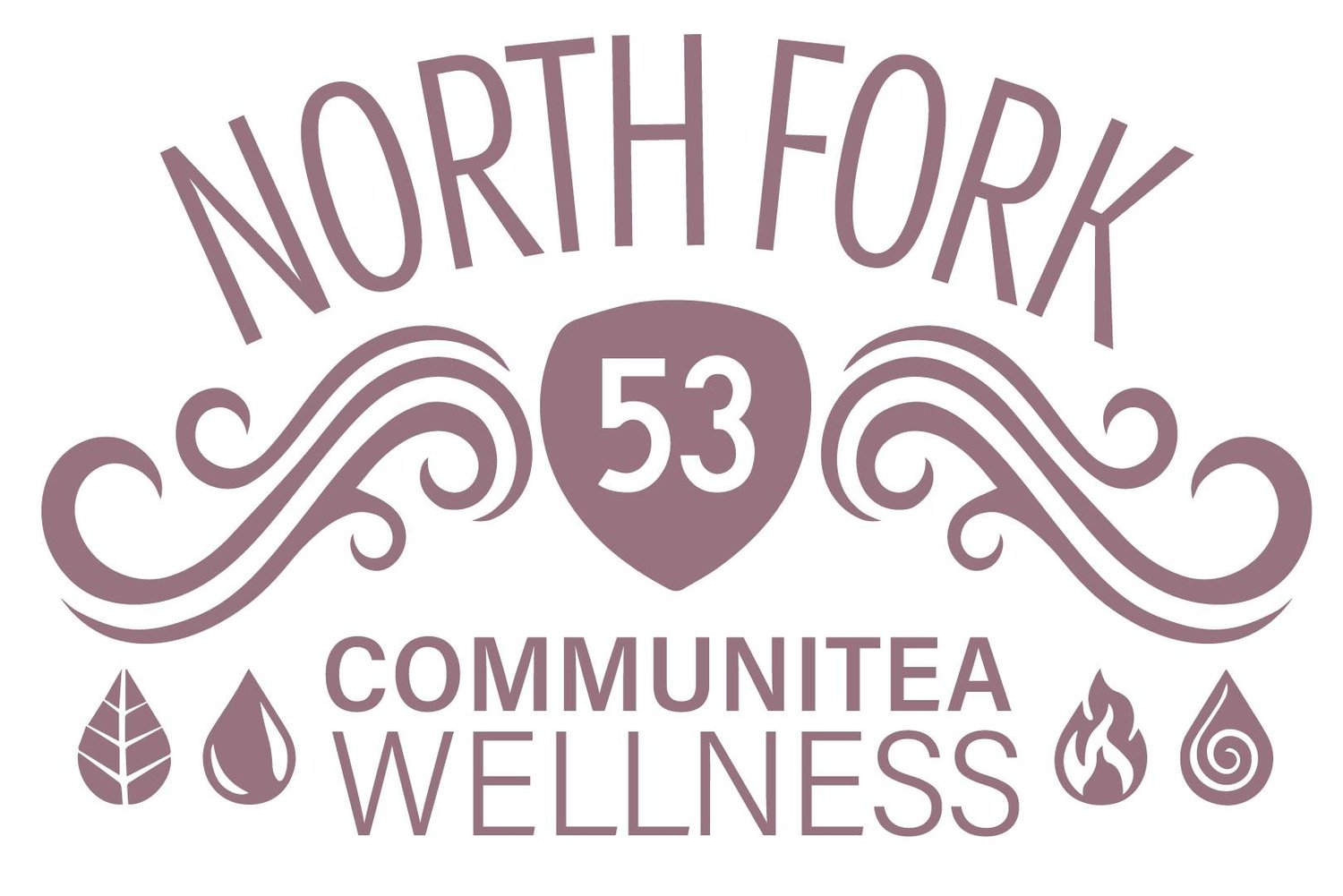top 5 for the October Garden
It’s the end of the summer harvest season here in Oregon. While fall crops like cabbage, carrots and winter squash are still coming in, it’s a good time to batten down the hatches for the winter.
In the rainy PNW it’s often not the hard frost that will damage the garden but the return of heavy rains, that can mold and rot crops still in the earth. October is a great month to take advantage of the last warm sunny days and prepare for next spring!
My top five for the garden in October:
Harvest: This is the month to harvest remaining crops in the field that were spring or summer planted. Get those last zucchinis, pole beans, tomatoes, potatoes, winter squashes, fresh herbs and brassicas out of the field and into dry storage, a freezer or canning jars. Collect and clean any seeds you can from flowers, herbs and non hybrid veggies and place into a dry, cool dark space for storage.
Compost: You are going to have lots of debris in the garden as your summer plants die back for fall. Trim back your perennials (like mints and flowers) and pull your annuals up to add them to your compost pile. If you don’t have a compost pile now is a perfect time to make one. You can simply pile things up making sure you layer in some straw or fall leaves to balance out the nitrogen of the decaying garden plants. If you can cover your pile with a tarp or create a 3 sided pallet structure with a simple cover on top that will help your pile to not get overwet by the winter rain. You want the compost to stay moist but not soaking wet so that the microbes that turn your old plants into rich compost have the right working conditions.
Cover Crop: Once you have harvested and cleared out your old garden annuals and trimmed your perennials you don’t want to leave the earth bare to the elements. Mother Nature abhors bare soil and will quickly cover any spots left open in a bandage of weeds to protect the ground from rain erosion. If you plant a cover crop you get to beat out weeds, protect your garden soil and also grow nitrogen rich fertilizer that you can use in place next spring! Thanks to the magic of the Nitrogen fixing legume family of plants (peas, vetch, clover, alfalfa) which pull Nitrogen from the air and fix it into the soil on their roots- you can end your growing season by planting a crop that will give back all the nutrients that you took from the garden and get it ready for next spring. Order a cover crop mix for fall sowing (my favorite is red clover, oats and peas) and sprinkle the seeds on your cleared garden beds. Rake in gently and let the fall rains to the rest. In the spring you will get an early show of red clover blossoms which the bees will love and the oats will die back giving you a rich carbon layer to mix with your nitrogen.
Plant: It may be the end of the line for some plants but others do much better when started in the fall. This is a great time to plant garlic and spring flowers that need a time of cold stratification for germination (like poppies and love in the mist). It is also one of the best times to plant orchard trees, bushes and other perennials that are cold hardy. The deep watering in they will get over the winter season helps them establish roots while not having the pressure of also having to grow and produce right away. This is also the time to plant spring bulbs like daffodils and crocus for the flowery show they will give you in early spring!
Protect: If you are growing late into the season or even year round (as we can on the temperate Oregon coast) it’s a good idea to bring in your more tender plants to give them some kind of cover. If you have south facing windows you can often bring in your basil plants and other herbs/lettuces and keep them going for a few months in the warmth of your house. If you have unheated green house or high tunnel space then pulling in plants to give them cover from the rain and wind helps them survive the winter. I pull in my new lavendar and lemon verbena plants that are in pots and let them grow slowly or die back in protection of my high tunnel hoop houses as they would die from overwatering if I left them in the rain. Row covers can help protect crops in the field from frost but I have found that coastal winds demand that you give them very secure bindings to keep them where you want them! Instead of row covers I mostly cut back what plants I can, pull in what is still growing in pots and plant out what is big enough to survive in the ground and doesn’t mind a deep watering. If you do pull in your plants make sure to water them much less than you normally would. They are not growing and so don’t need water like they do in the spring and summer months. Too much water will cause root rot and death in the winter season.
Now you have my top 5 tips for the October garden.
The farmers almanac states that whatever is still in the fields after Halloween is left for dead! Take advantage of the time you still have to get those apples harvested, tomatoes roasted, seeds collected and plants tucked in for winter!
Happy fall gardening,
Farmer Ginger


